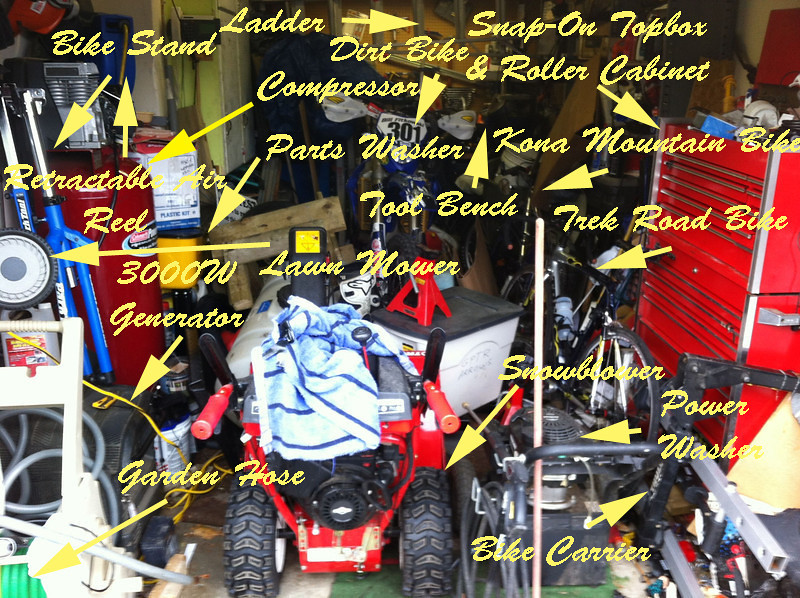Yama,
You're almost there: You don't have to remove the left side C-stand bracket or bolts; remove the pivot bolt that the center stand pivots on. On the right side, go up there with a cutoff wheel (I think I used a Sawzall) and lop off that head. The one in your second photo. Its a pain in the ass but you only have to do it once. I think it helps if you remove the C-stand from its pivots for this.
Go to the hardware store and buy a couple 10mm bolts and nuts. (I forget the length but you can measure) Insert the new bolts from the inside. The nuts will be very close to the right exhaust pipe.
I was able to do this without knowing the exhaust flexing trick. Should be even easier with that option.
Good Luck..
You're almost there: You don't have to remove the left side C-stand bracket or bolts; remove the pivot bolt that the center stand pivots on. On the right side, go up there with a cutoff wheel (I think I used a Sawzall) and lop off that head. The one in your second photo. Its a pain in the ass but you only have to do it once. I think it helps if you remove the C-stand from its pivots for this.
Go to the hardware store and buy a couple 10mm bolts and nuts. (I forget the length but you can measure) Insert the new bolts from the inside. The nuts will be very close to the right exhaust pipe.
I was able to do this without knowing the exhaust flexing trick. Should be even easier with that option.
Good Luck..






















































